
Printed books — Valuable Books and Manuscripts
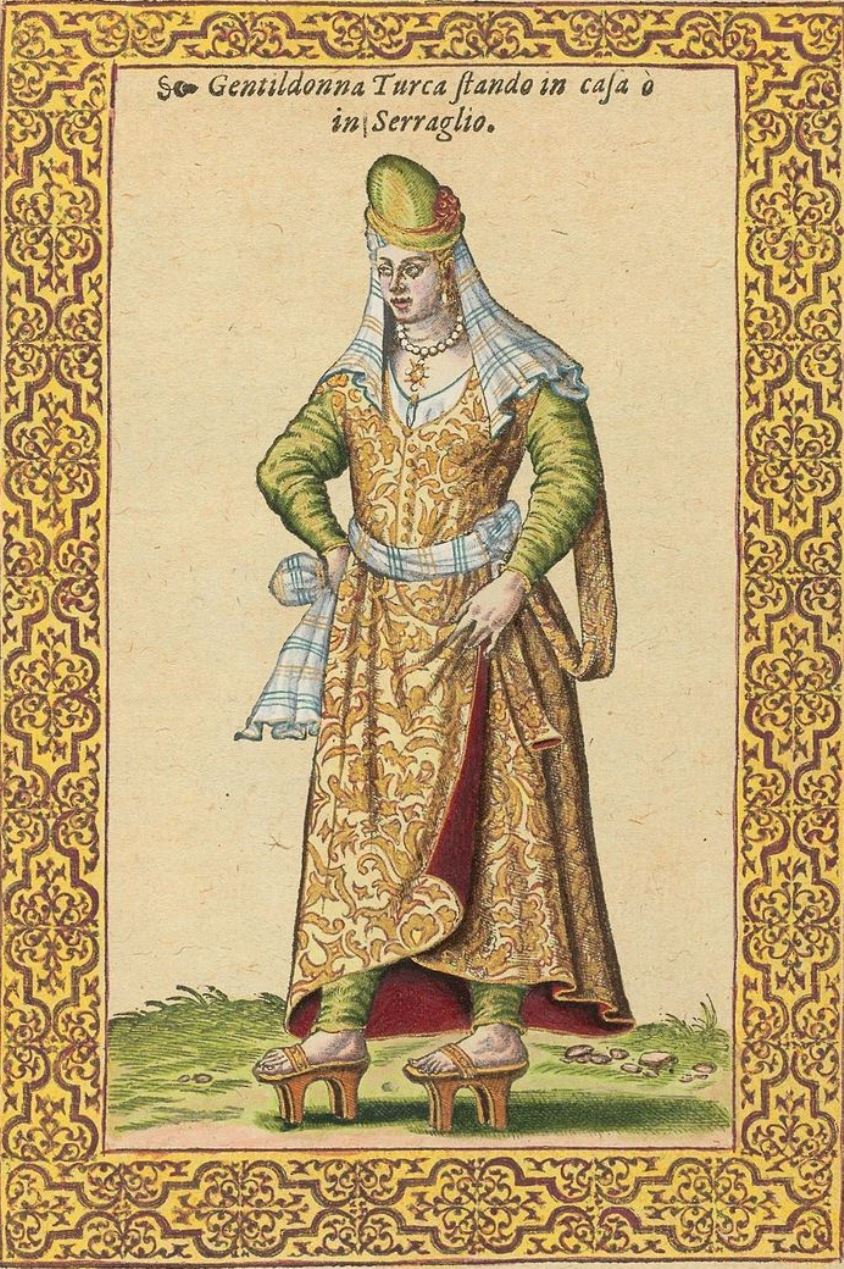
Nicolas de Nicolay, Sieur d'Arfeville & de Belair was a French geographer and artist.
He traveled in Germany, Denmark, England, Sweden, Italy, Spain, Greece and Turkey and served in the armies of most of these countries. Nicholas was the king's geographer, and in 1551 Henry II sent him to Constantinople to work on the d'Aramont embassy. This enabled Nicolas to see a world hitherto virtually unknown in the West. As a result of his work, Nicolas published Travels in Turkey (1567), which depicts the costumes of the peoples of the Middle East, representatives of various nationalities and ethnicities, including Turks, Greeks, Armenians, Jews, and pilgrims to Mecca.
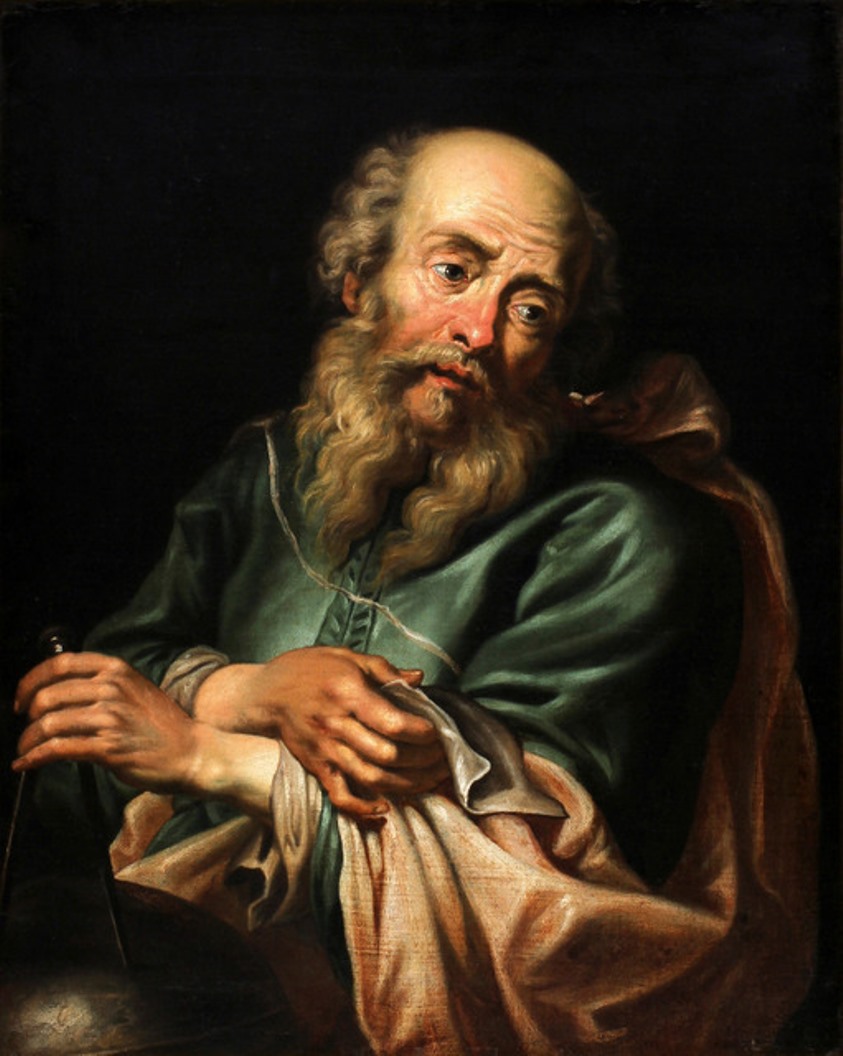
Galileo Galilei was an Italian naturalist, physicist, mechanic, astronomer, philosopher, and mathematician.
Using his own improved telescopes, Galileo Galilei observed the movements of the Moon, Earth's satellites, and the stars, making several breakthrough discoveries in astronomy. He was the first to see craters on the Moon, discovered sunspots and the rings of Saturn, and traced the phases of Venus. Galileo was a consistent and convinced supporter of the teachings of Copernicus and the heliocentric system of the world, for which he was subjected to the trial of the Inquisition.
Galileo is considered the founder of experimental and theoretical physics. He is also one of the founders of the principle of relativity in classical mechanics. Overall, the scientist had such a significant impact on the science of his time that he cannot be overemphasized.


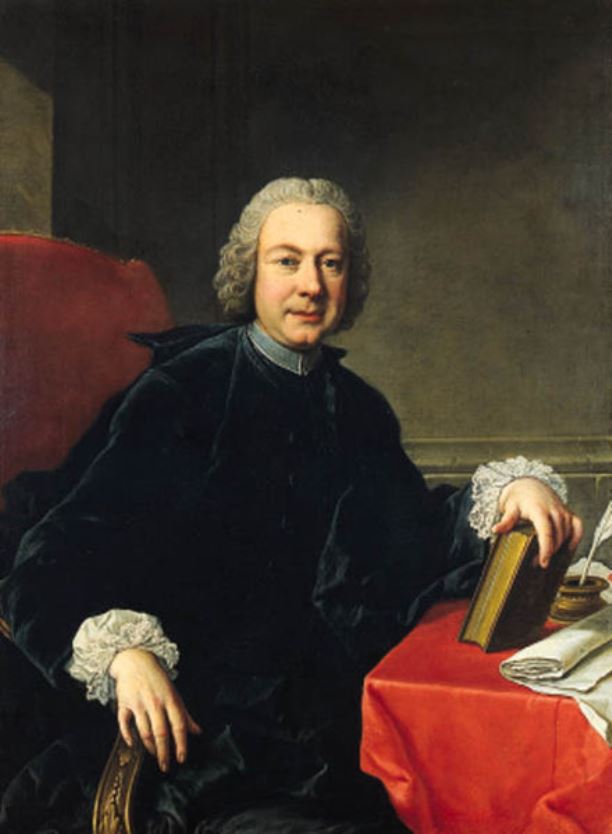
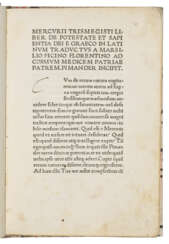

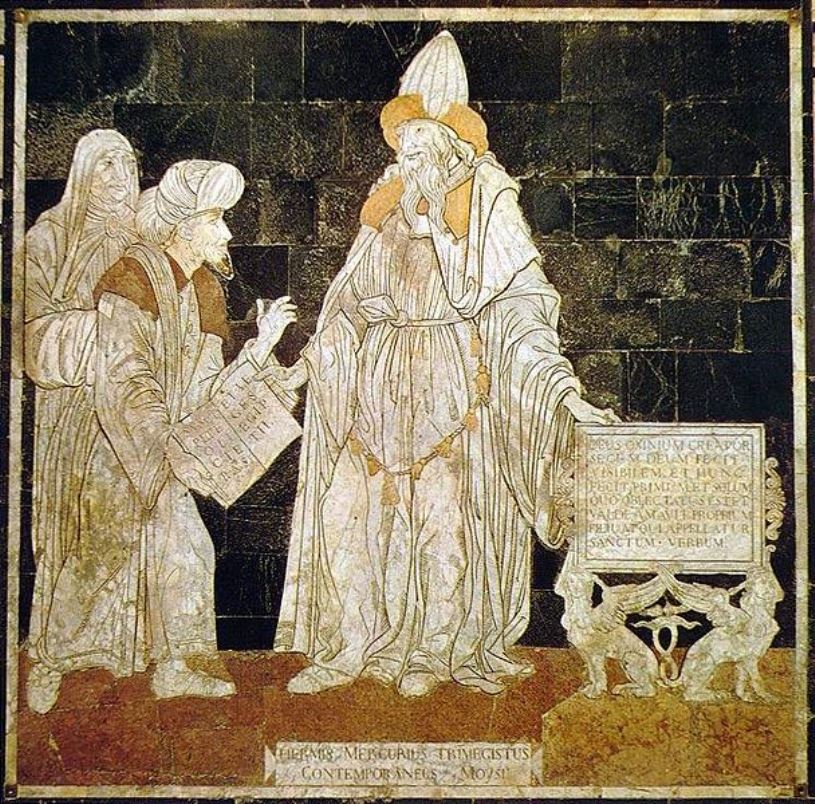


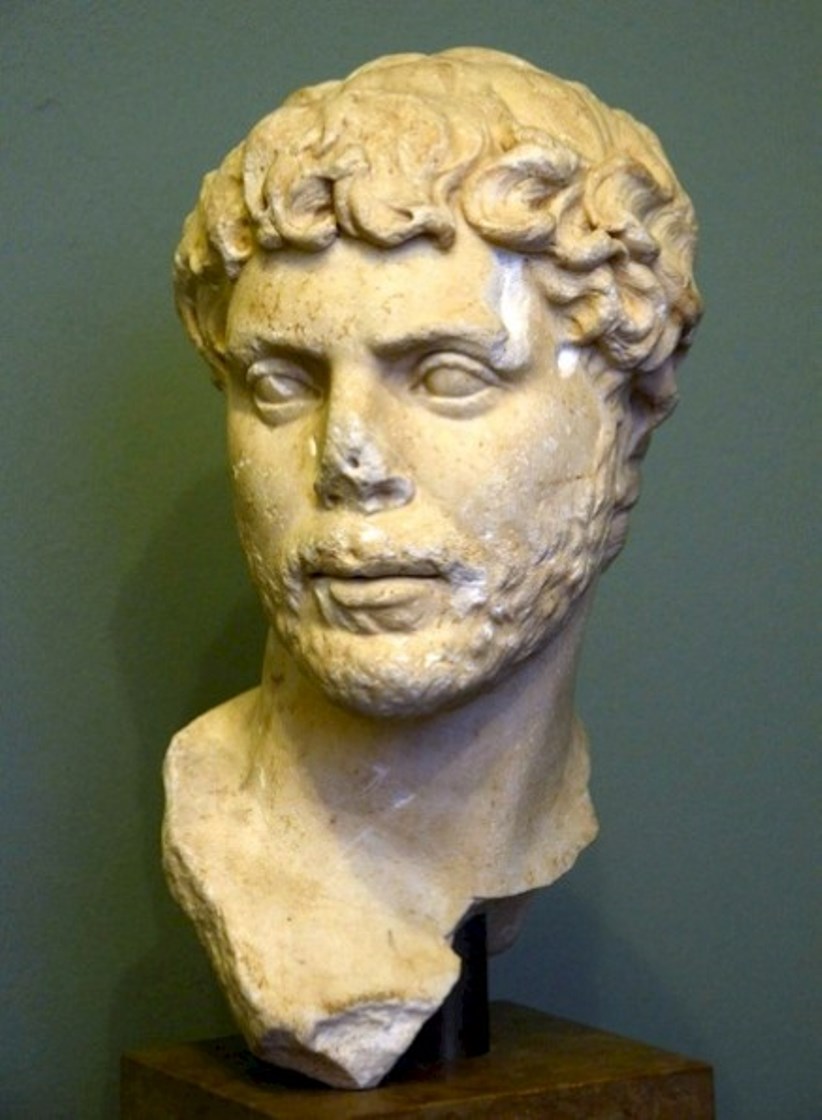
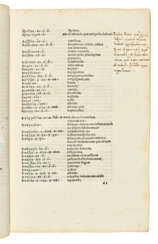


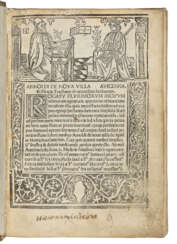



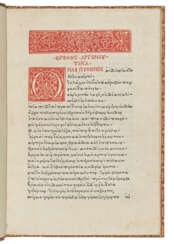



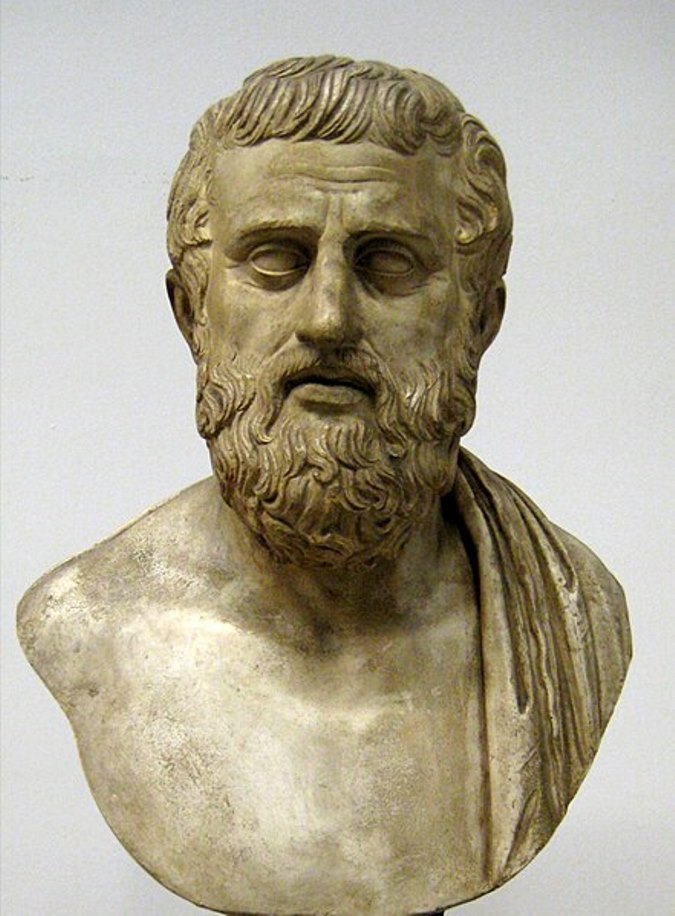
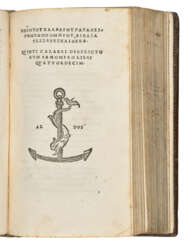

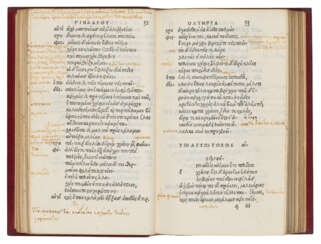

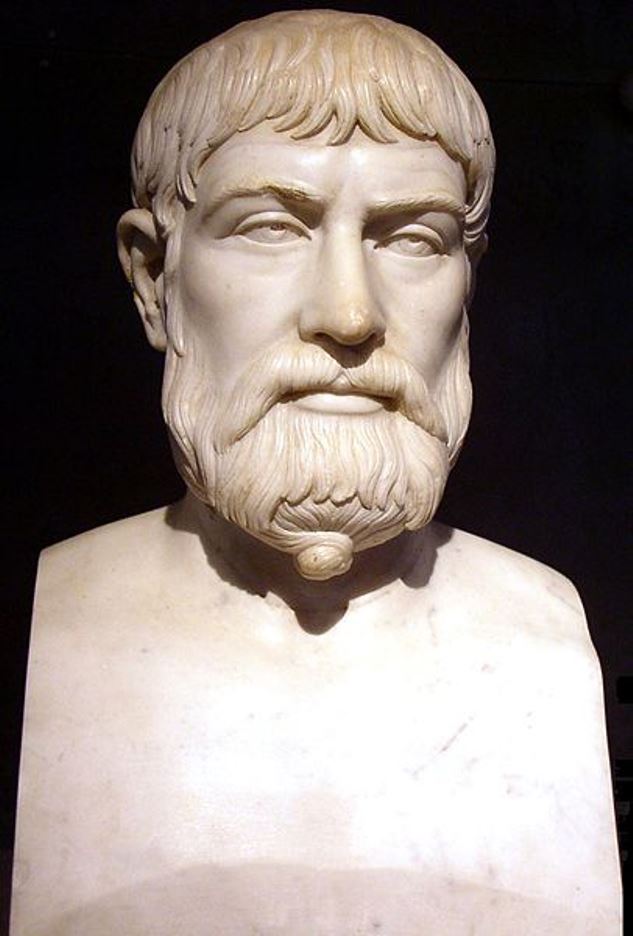




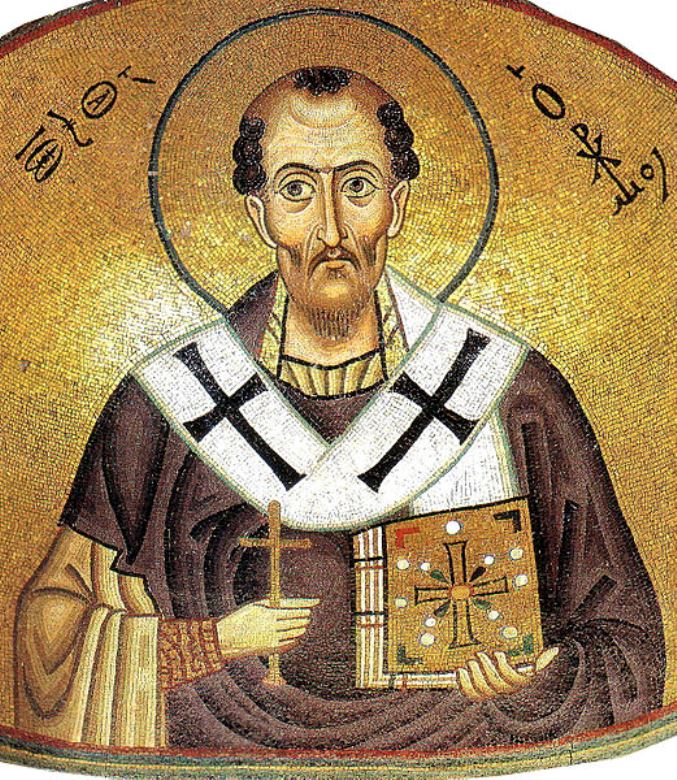


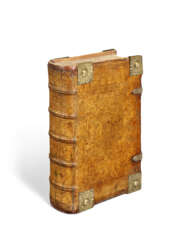

![[COLONNA, Francesco (1433-1527)]](/assets/image/picture_4361297/a4d27/0d80d521aaa1edb9fb185f8edb4cdddf1733871600jpg__fix_374_244.jpeg)
![[COLONNA, Francesco (1433-1527)]](https://veryimportantlot.com/assets/image/picture_4361297/a4d27/0d80d521aaa1edb9fb185f8edb4cdddf1733871600jpg__fix_374_244.jpeg)
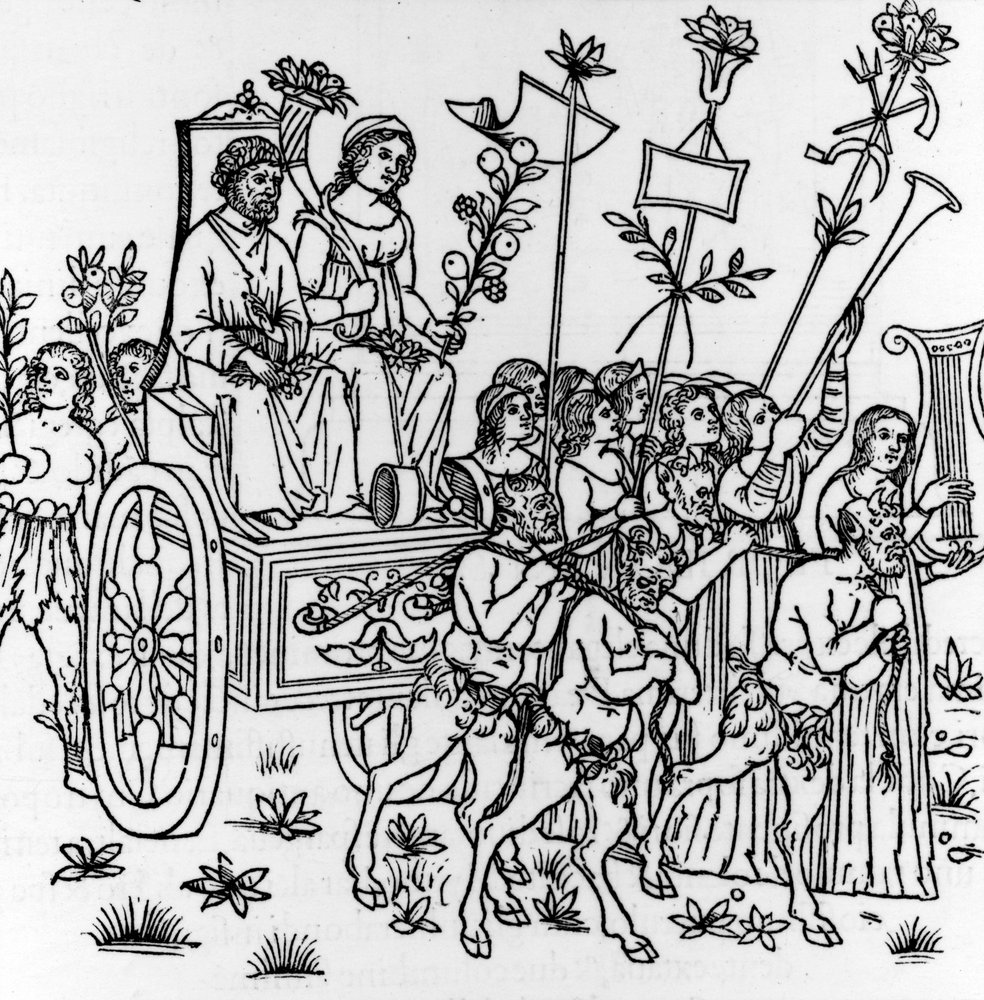
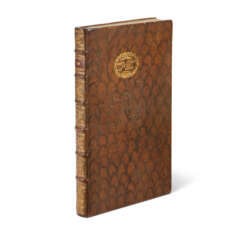




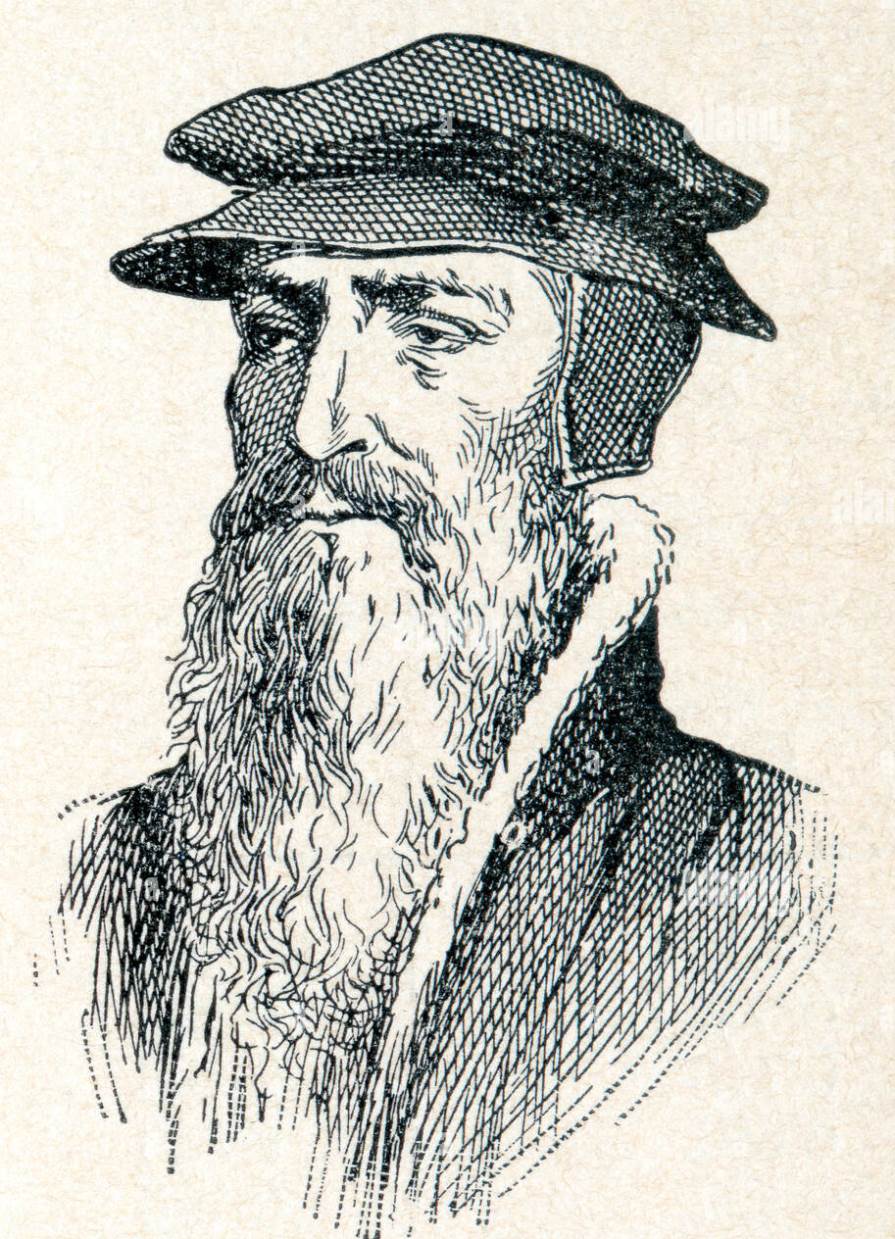


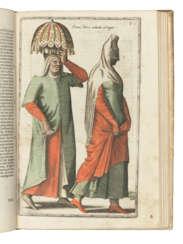

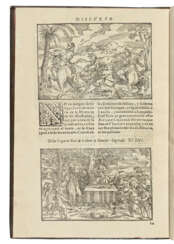

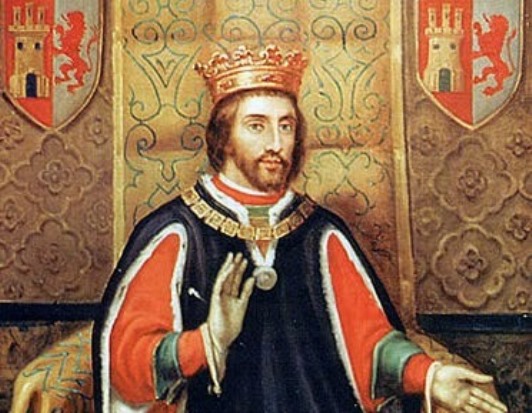
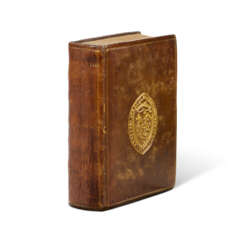

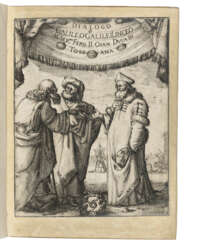

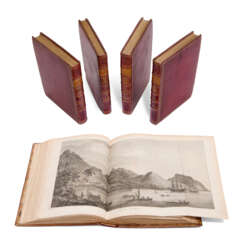

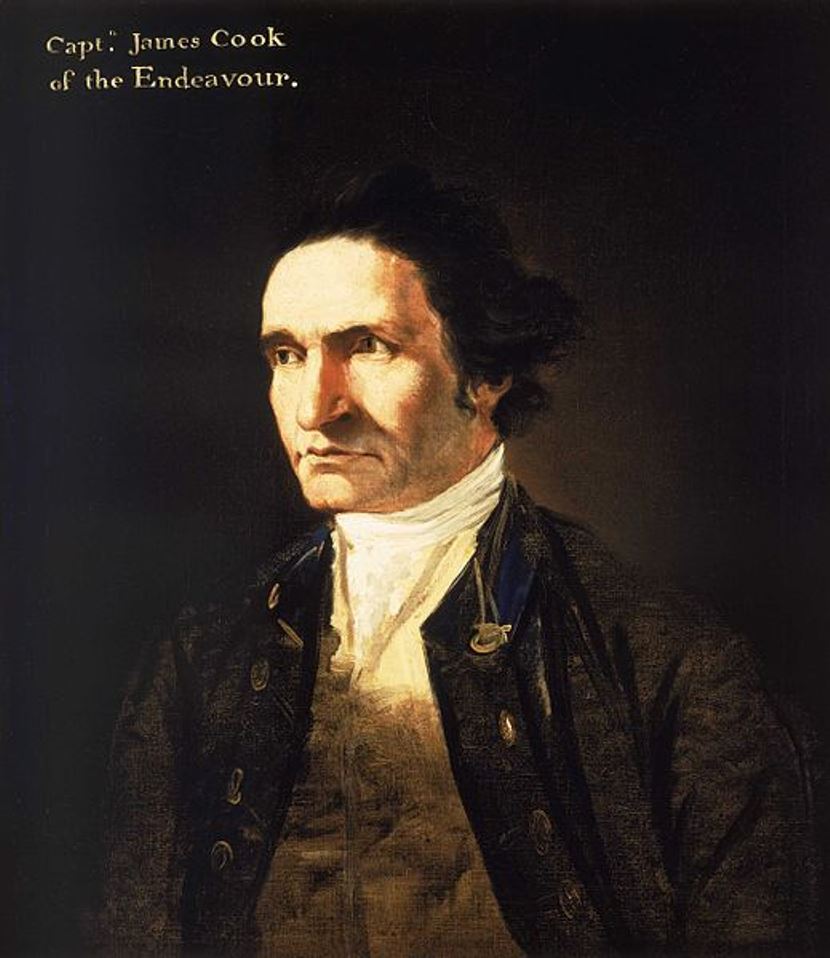
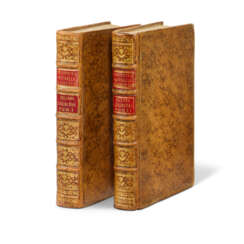

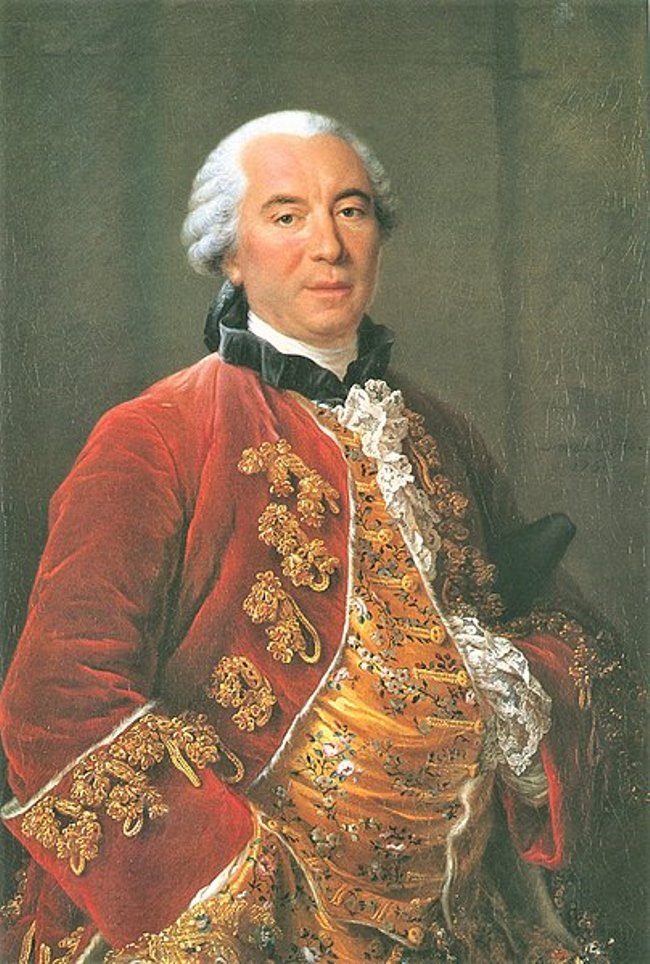


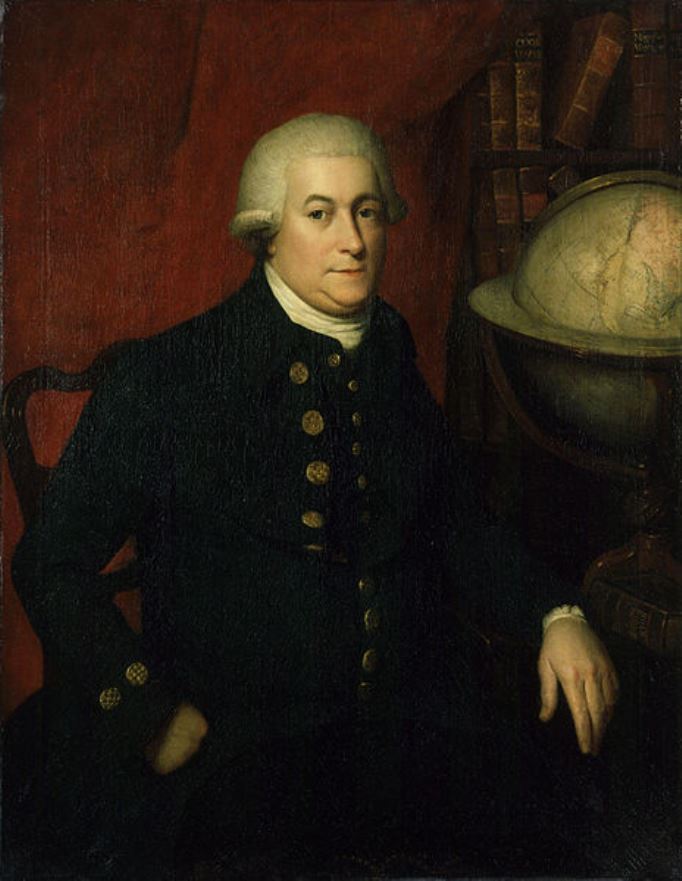
![[AUSTEN, Jane (1775-1817)]](/assets/image/picture_4361392/0e7a8/66754ff546eb291575cff71cd0cb43db1733871600jpg__fix_374_244.jpeg)
![[AUSTEN, Jane (1775-1817)]](https://veryimportantlot.com/assets/image/picture_4361392/0e7a8/66754ff546eb291575cff71cd0cb43db1733871600jpg__fix_374_244.jpeg)
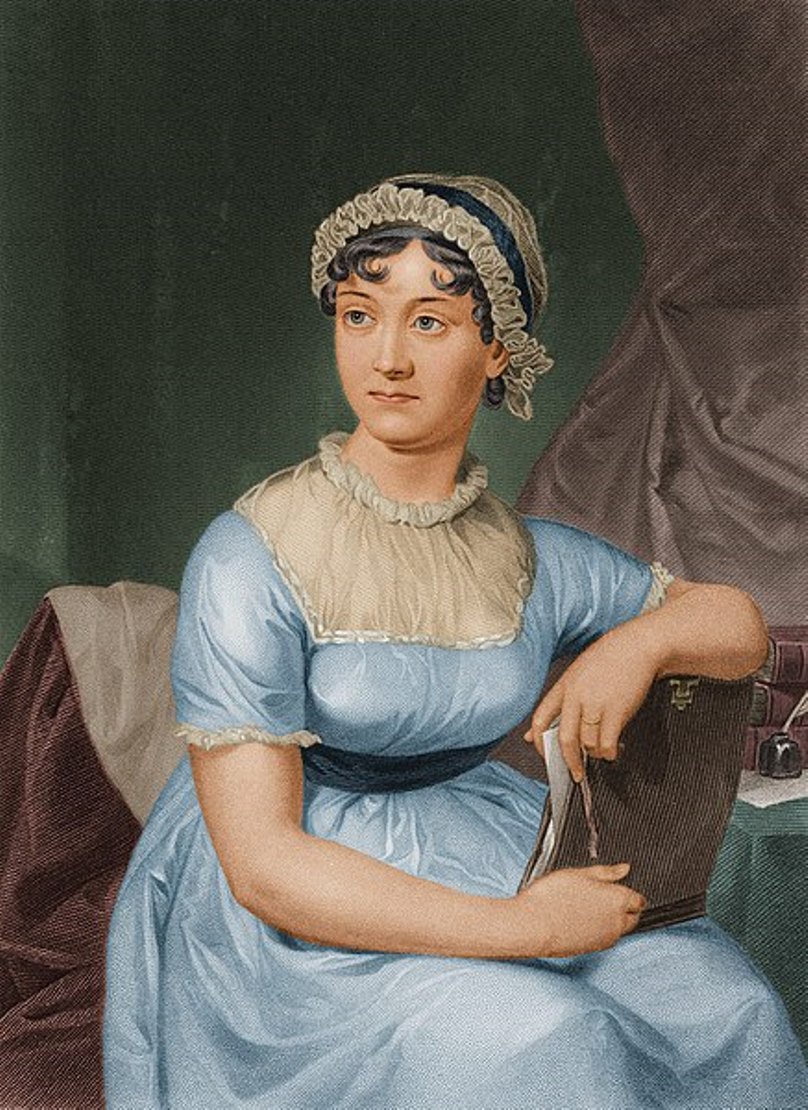
![[AUSTEN, Jane (1775-1817).]](/assets/image/picture_4361077/1814e/1ba17b4c140dc7ba3607f14e18e2faec1733871600jpg__fix_374_244.jpeg)
![[AUSTEN, Jane (1775-1817).]](https://veryimportantlot.com/assets/image/picture_4361077/1814e/1ba17b4c140dc7ba3607f14e18e2faec1733871600jpg__fix_374_244.jpeg)
![[AUSTEN, Jane (1775-1817)]](/assets/image/picture_4361202/40ad2/3c4b0857950169ec8ce0009ade63c7031733871600jpg__fix_374_244.jpeg)
![[AUSTEN, Jane (1775-1817)]](https://veryimportantlot.com/assets/image/picture_4361202/40ad2/3c4b0857950169ec8ce0009ade63c7031733871600jpg__fix_374_244.jpeg)
![[AUSTEN, Jane (1775-1817)]](/assets/image/picture_4361484/ae824/dd2a4df4d25cd718d199618899a90cb51733871600jpg__fix_374_244.jpeg)
![[AUSTEN, Jane (1775-1817)]](https://veryimportantlot.com/assets/image/picture_4361484/ae824/dd2a4df4d25cd718d199618899a90cb51733871600jpg__fix_374_244.jpeg)
![[AUSTEN, Jane (1775-1817)]](/assets/image/picture_4360959/8f9ce/c0dfc2500cc08816926d1072c7d239231733871600jpg__fix_374_244.jpeg)
![[AUSTEN, Jane (1775-1817)]](https://veryimportantlot.com/assets/image/picture_4360959/8f9ce/c0dfc2500cc08816926d1072c7d239231733871600jpg__fix_374_244.jpeg)